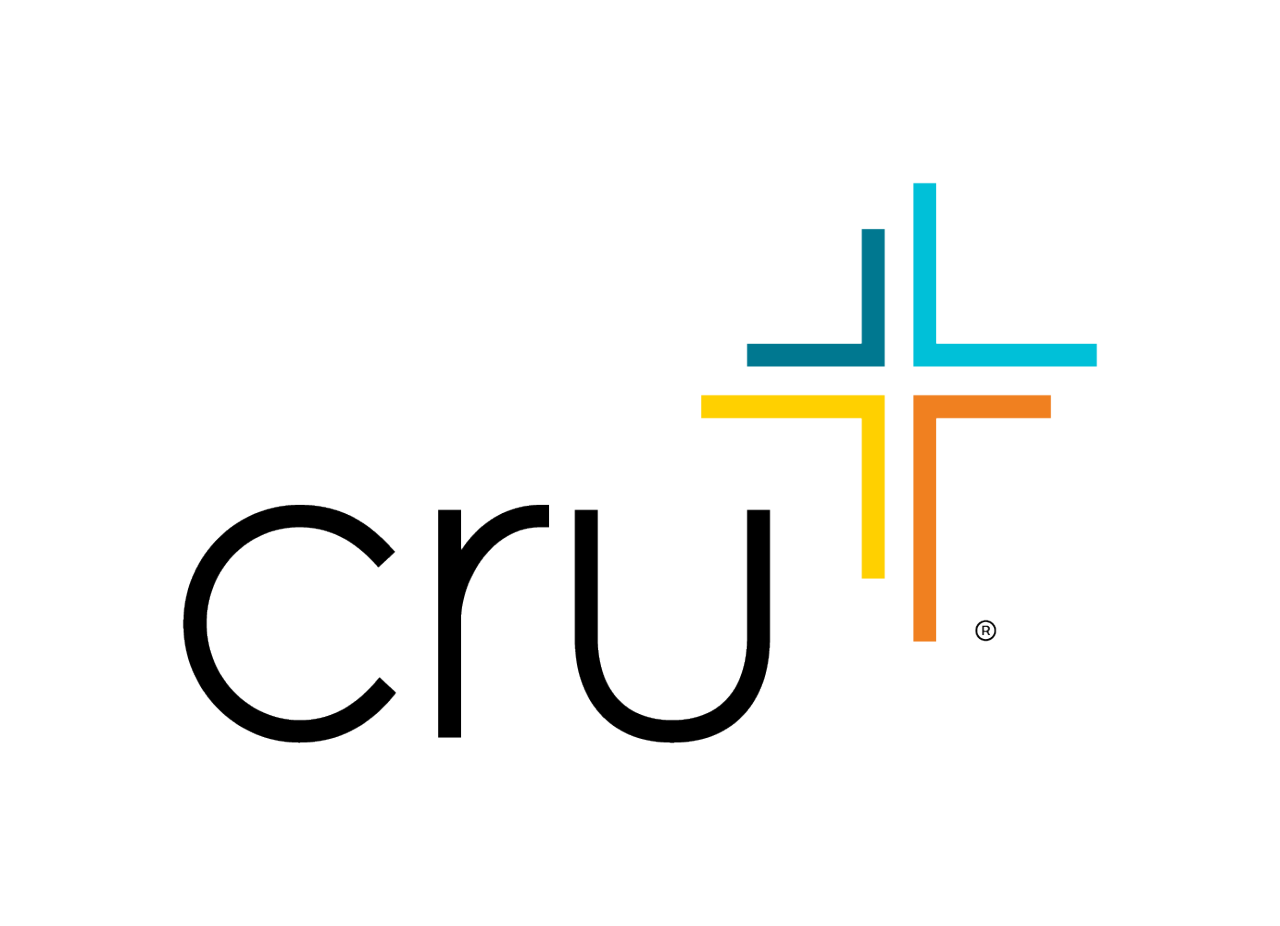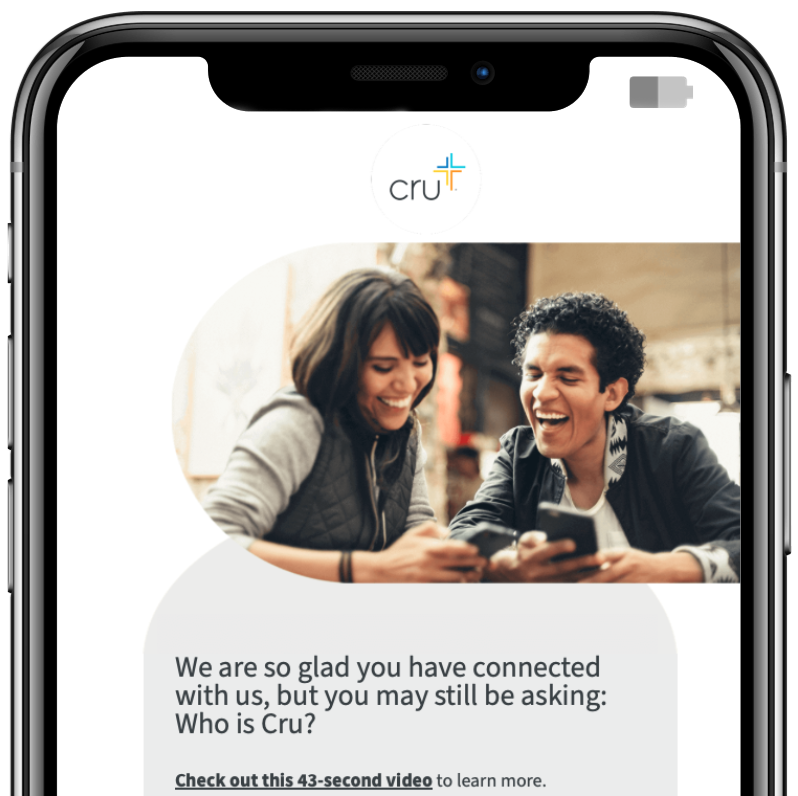Creating a Great Fund Raiser

It’s a statement that conveys the specific service, benefit or action that will be achieved for a specific dollar given. In other words, for a gift of $X, we will be able to do Y. It looks something like this:
Donor Contribution + Organizational Ministry = Beneficiary Helped
The “offer” is one of the most important elements in any fund development strategy.
WHAT MAKES A GOOD OFFER?There are several factors that contribute to a well-developed offer:
It meets a basic human need – Jesus told us to give (food, clothing, water, housing, medical care, the gospel).
It’s related directly to the primary mission of the organization.
It’s simple and specific – you can picture it in your mind. The more explaining you have to do to present the offer, the less effective it will be.
It has a clear and quantifiable value exchange so the donor knows what their gift will accomplish.
It’s believable – something you can prove works to meet the immediate need and have a lasting impact (perhaps solving a problem permanently).
It has urgency – there’s a limited window of opportunity (time) to meet the need.
It states how it will make the beneficiary’s life better – it’s deserving
It’s something the donor has responded to in the past or would want to give to – something that makes the donor feel good about giving.
It’s a good bargain or investment. If a matching gift can be incorporated as part of the offer, it’s even more effective.
QUESTIONS TO HELP DEVELOP THE OFFERWhat’s the problem or opportunity?
How are we going to solve it?
What are the consequences of not acting?
How can you be involved?
HOW TO DEVELOP A GOOD OFFER1. Provide a clear statement of the “offer.”
- Identify the need.
- Acknowledge the donor’s care and concern for the need.
- Point out how your ministry will address the need...with the help of “people like you” (donor).
- Bottom line: If you give X, Y will happen.
2. Speak to the interests of your audience — not your board, your staff, or yourself. Ask yourself these questions:
- What motivates your donor?
- What touches their heart, not just their head?
- What are they sympathetic to? What makes them unsympathetic?
- Why do they give now?
- What would they view as a good reason to give tomorrow?
- What are the consequences if the need isn’t met?
3. Support your ask with valuable, pertinent facts and figures.
4. Make your ask and build your case using a personal approach.
5. Identify tangible “dollar handles” — specific gift amounts and what they will accomplish.
- Instead of “Would you consider a gift of X, Y or Z?”
- Your gift of A will bring about B, 2A will bring about 2B, etc.
- Photos — personal, emotional, “real”
- Stories — human angle, depth of need, a call to action
- Statistics — pertinent, insightful, startling, telling
- Organization’s response — program benefits, new goals, most urgent need, actual costs
- Dollar handles — tangible, accomplish a lot with little
Never forget: The better the resource, the more compelling your appeal!



















